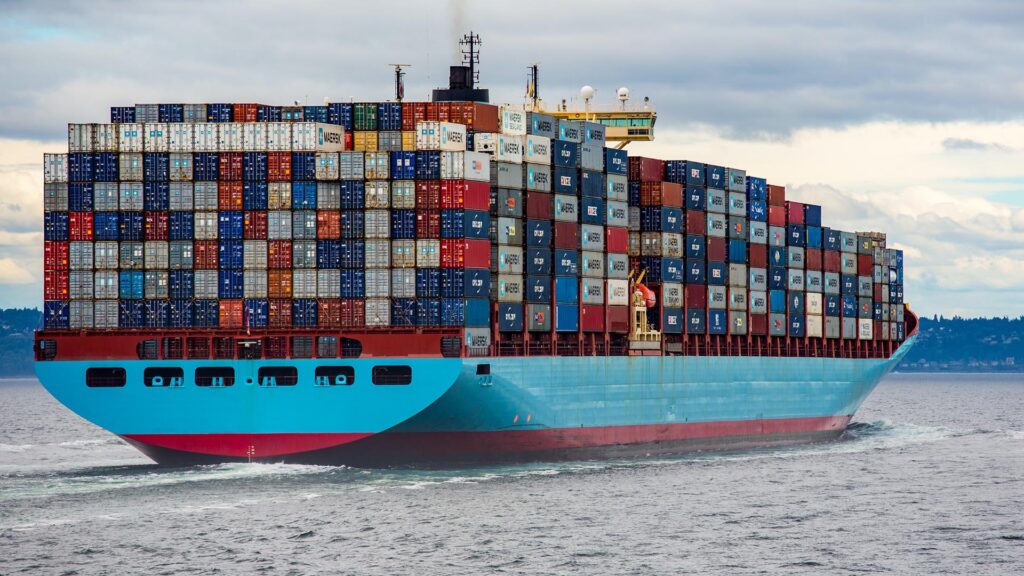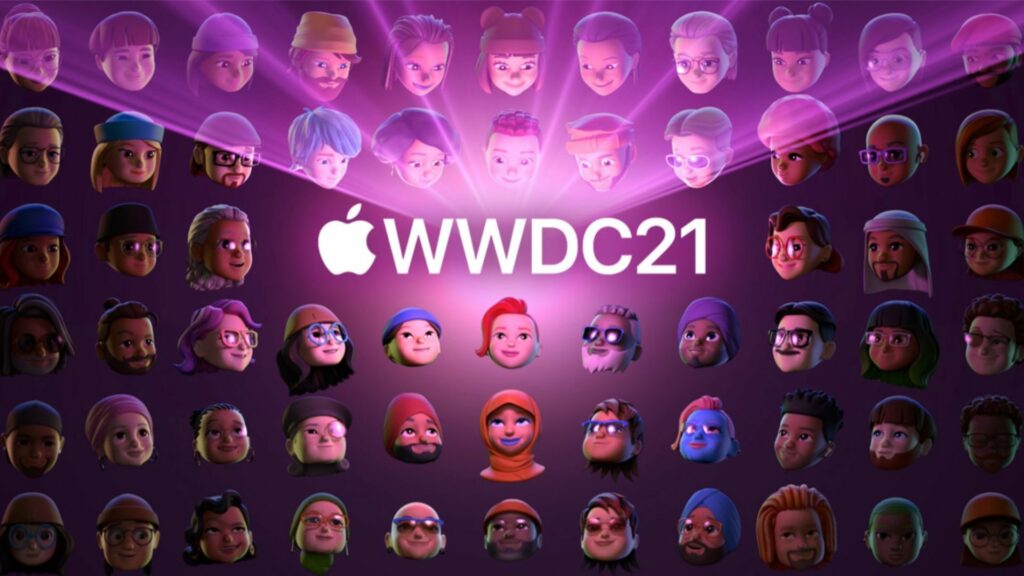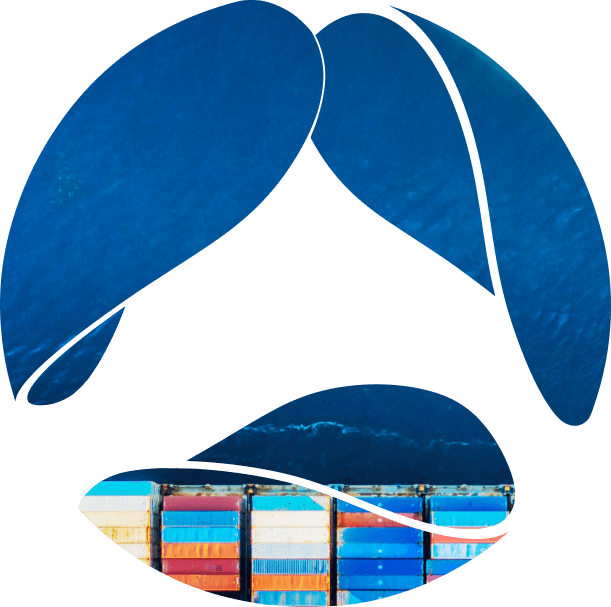Intro
Let’s start with the very good news for all public cloud and serverless enthusiasts among us, then the good news for all the users of Docker containers and infrastructure as code.
At the end we’ll take a look at what is new from Apple based on their WWDC 2021 announcement.
Serverless usage tripled!
Serverless, in its true form, is all about not caring about infrastructure while the focus is on creating functions in the cloud.
→Explore our take on Serverless computing
The initial adoption rate of serverless was, well, rather disappointing, but it has dramatically changed in the last year. It has … tripled!
This is based on a Datadog survey which indicates that AWS Lambda functions were invoked 3.5 times more often than a year before. The growth is not limited to AWS. This trend is also visible in Azure Functions (Microsoft) and Cloud Function from Google Cloud.
Finally, we are seeing a major breakthrough in this very interesting technology that has lots of potential. It also means that the fear of cloud vendor lock-in is lower than it used to be, and the speed of delivering the business value as well as the flexibility of the architecture are winning.
→ Cloud transformation and the dilemmas of CIOs

Docker trusted containers
For those who still prefer to manage their own infrastructure, Docker is offering more peace of mind with their Docker Verified Publisher Program.
Docker containers are always built based on the prepackaged containers from the registry. However, they may contain security vulnerabilities, performance issues and other problems like… backdoors created to access your system. Yes, it may be really that bad.
Additionally, containers have a relatively thin layer of isolation from other containers and operating systems. They are not lightweight virtual machines as some people still claim, so if malicious software gets into the container the entire server may be infected.
Fortunately, there’s an answer for this, and companies like Bitnami, Datadog, VMWare, RedHat, and Canonical (Ubuntu) have joined the program, and others will in the near future.
Of course, we still recommend container scanners as a necessary element of a CI/CD pipeline and suggest considering distroless containers as they are not just lighter but expose a much smaller attack surface.
Terraform 1.0
In our software driven digital world, everything is becoming more code.
→ Have a look at Everything as code
This of course included infrastructure as code. One of the key technologies in this area is Terraform from Hashicorp. Finally, we can enjoy the general availability of the 1.0 version of it.
This is another signal that these tools are maturing and there will be less of the ‘curse of too many choices’ thus more maturity and predictability instead. And, it makes it very good news for all the enterprises using this stack for infrastructure as code.

Apple WWDC 2021
Apple is considered a consumer products company, so why do we even care about their announcement in the article, which is supposed to focus on the enterprise IT perspective?
At least for one reason, which is the undisputed fact that Apple’s ideas in the user experience department are changing the world and are regularly copied.
User experience
Even when you’re not an Apple user at all, some of these features may be copied to your version of Android or even to the next iteration of Windows. This happened in the past, at least a thousand times, so it’s worth noting what is new with the incoming iOS 15 and iPad OS 15.
The first thing is the focus on … the focus of the users. Too many distractions impair our productivity but without notifications we may easily be out of sync with what is happening in our digital lives (both business and personal).
The balance between being notified about something and not being distracted is a real challenge. Apple’s attempt is about creating different profiles for different times of the day/week (like work, leisure, night). You can think of these new innovations as more granularity between two extremes – being available and the “do not disturb” mode. Important notifications will be delivered instantly and the less important ones will be grouped and delivered later, let’s say in the morning the next day. This also applies to the more and less important notifications from people, both at work and in our private lives.
We’ll see how the adoption and user reaction is going to be with these new features. The goal is certainly to find the right solution between the extremes of constant distraction and total disconnection from social networks and business systems.
Privacy, privacy, privacy
The word “privacy” was repeated so many times during the presentation that I simply stopped counting. It has become an important product differentiator and it also includes Siri, Apple’s voice assistant.
Now, finally something has happened that I was hoping to happen for so long.
The Siri voice assistant will be able to run on devices without an internet connection, which not only dramatically improves privacy but also enables it to be used in places and situations with poor internet connectivity (planes, remote areas, overloaded cellular networks).
Apple developers
Developers who create applications for iOS, iPadOS and MacOS will be able to benefit from cloud based offers for automated CI/CD pipelines.
Test Flight, which enables testing beta versions of applications, will soon also support MacOS applications.
Of course, there are improvements to the Swift language, which is becoming the default language for Apple ecosystem applications, which is gradually replacing ObjectiveC.
Entire development ecosystems, including XCode, will benefit from the new improvements and optimizations.
FaceTime on Android
This would not be news for any other video conferencing platform, such as Microsoft Teams, Google Meet, Zoom etc., but in the case of the closed and tightly controlled Apple ecosystem, it is BIG news. Now Android users can be invited to FaceTime calls and join them using their Android phones.
What about backend developers?
Apple Macbooks are used by a vast percentage of backend developers. What they need is the ability to build and run containers. The problems started after Apple moved to their own ARM-based chips, which created compatibility issues for developers. According to many developers, even with tons of time consuming and frustrating workarounds, M1 machines are not good enough for the backend developers of today.
We keep on waiting for a decent Docker and Kubernetes experience on M1-based Macs, however, it wasn’t addressed at all at the conference; no new hardware, no improvements in virtualization etc. Silence. Let’s hope the autumn conference will address those issues.
No news is not good news in this case.
No hardware
It’s also worth noting that all the leakers and youtubers expected an announcement about new hardware, but nothing regarding hardware was announced this time. The theory behind it is that even Apple is experiencing the biggest shortage of chips in the history of modern IT and they wouldn’t want to announce products unless they’d be sure about their availability.
Summary
It’s all very good news for public cloud adoption, with less fear and more functions as a service in our digital world. Docker’s focus on the quality of their Docker Hub offer is also very welcomed. Hashicorp proved its strong position in the infrastructure-as-code world by releasing 1.0 of their famous Terraform.
Apple WWDC was much less revolutionary than last year. The focus on privacy and taking care of the attention span of their users are really admirable.
Stay tuned and watch for more news from Avenga











